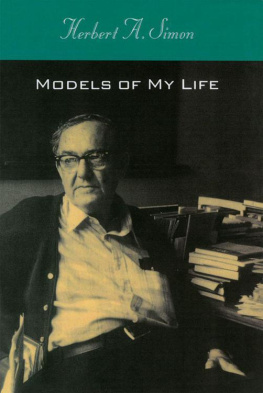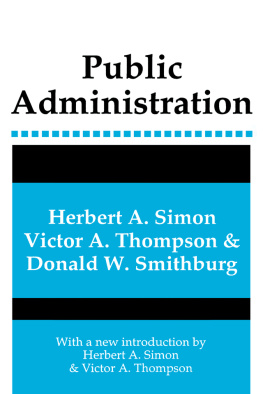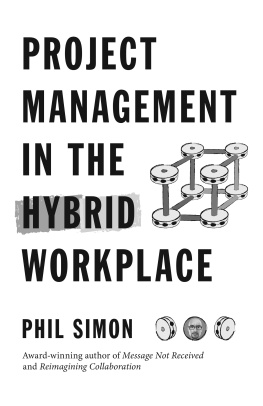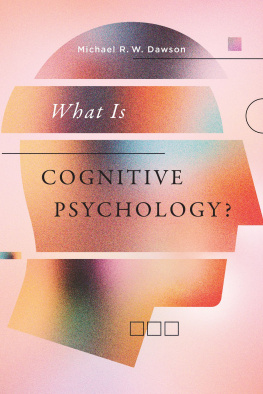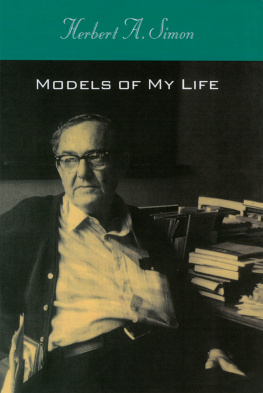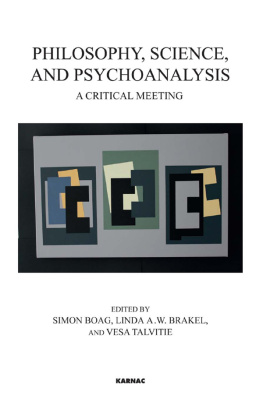Herbert A. Simon - Models of My Life
Here you can read online Herbert A. Simon - Models of My Life full text of the book (entire story) in english for free. Download pdf and epub, get meaning, cover and reviews about this ebook. year: 1996, publisher: MIT Press, genre: Detective and thriller. Description of the work, (preface) as well as reviews are available. Best literature library LitArk.com created for fans of good reading and offers a wide selection of genres:
Romance novel
Science fiction
Adventure
Detective
Science
History
Home and family
Prose
Art
Politics
Computer
Non-fiction
Religion
Business
Children
Humor
Choose a favorite category and find really read worthwhile books. Enjoy immersion in the world of imagination, feel the emotions of the characters or learn something new for yourself, make an fascinating discovery.
- Book:Models of My Life
- Author:
- Publisher:MIT Press
- Genre:
- Year:1996
- Rating:5 / 5
- Favourites:Add to favourites
- Your mark:
Models of My Life: summary, description and annotation
We offer to read an annotation, description, summary or preface (depends on what the author of the book "Models of My Life" wrote himself). If you haven't found the necessary information about the book — write in the comments, we will try to find it.
In this candid and witty autobiography, Nobel laureate Herbert A. Simon looks at his distinguished and varied career, continually asking himself whether (and how) what he learned as a scientist helps to explain other aspects of his life.A brilliant polymath in an age of increasing specialization, Simon is one of those rare scholars whose work defines fields of inquiry. Crossing disciplinary lines in half a dozen fields, Simons story encompasses an explosion in the information sciences, the transformation of psychology by the information-processing paradigm, and the use of computer simulation for modeling the behavior of highly complex systems.Simons theory of bounded rationality led to a Nobel Prize in economics, and his work on building machines that think -- based on the notion that human intelligence is the rule-governed manipulation of symbols -- laid conceptual foundations for the new cognitive science. Subsequently, contrasting metaphors of the maze (Simons view) and of the mind (neural nets) have dominated the artificial intelligence debate.There is also a warm account of his successful marriage and of an unconsummated love affair, letters to his children, columns, a short story, and political and personal intrigue in academe.
**
From Publishers WeeklySimon observes himself as an object for scientific inquiry in this refreshingly innovative autobiography. Principal architect of the field of artificial intelligence, this polymath has applied the metaphor of a decision-making maze to human cognition, management science, economics and politics--winning a Nobel Prize in 1978. Instead of a dry, rationalist exercise, this traipse through the branching paths of his personal labyrinth turns out to be a quirky, soul-baring self-analysis. In early chapters on his introspective Milwaukee childhood, he refers to himself in the third person as the boy. He is equally objective in discussing his 1930s flirtation with political radicalism, his half-century-long marriage and the politics of scientific infighting. This is a disarming self-portrait by a gifted writer who believes that the real self is an illusion and that ones life need not have a unifying thread. Photos.
Copyright 1991 Reed Business Information, Inc.
Simon is a veritable Renaissance man: considered the father of artificial intelligence, he also contributed to the theory of organizational behavior and was the first social scientist to be admitted to the National Academy of Science. In this extensive and entertaining autobiography, he writes smoothly and provocatively on a range of topics from his early youth to his years at UC Berkeley, Illinois, and, finally Carnegie Mellon. He is surprisingly candid in discussing how he prepared for his Nobel prize in economics, and his descriptions of political and personal in-fighting in academe document an aspect often not shown. Simon has participated in some of the most wide-ranging intellectual developments of this century, and his autobiography surely will interest many readers.
- Hilary D. Burton, Lawrence Livermore National Lab., Livermore, Cal.
Copyright 1991 Reed Business Information, Inc.
Herbert A. Simon: author's other books
Who wrote Models of My Life? Find out the surname, the name of the author of the book and a list of all author's works by series.

